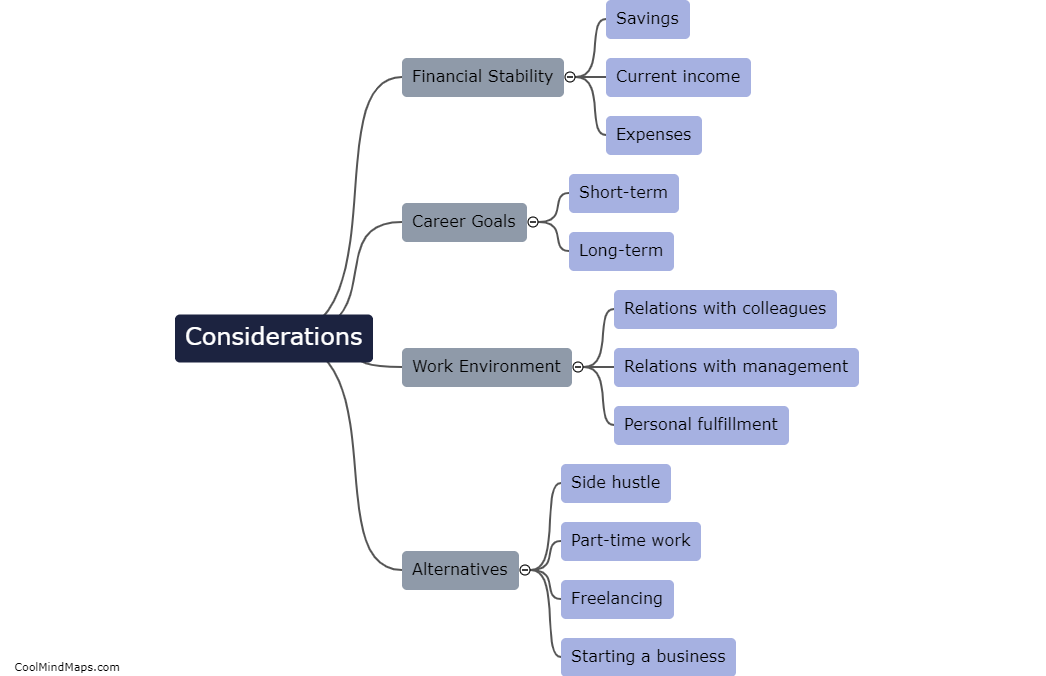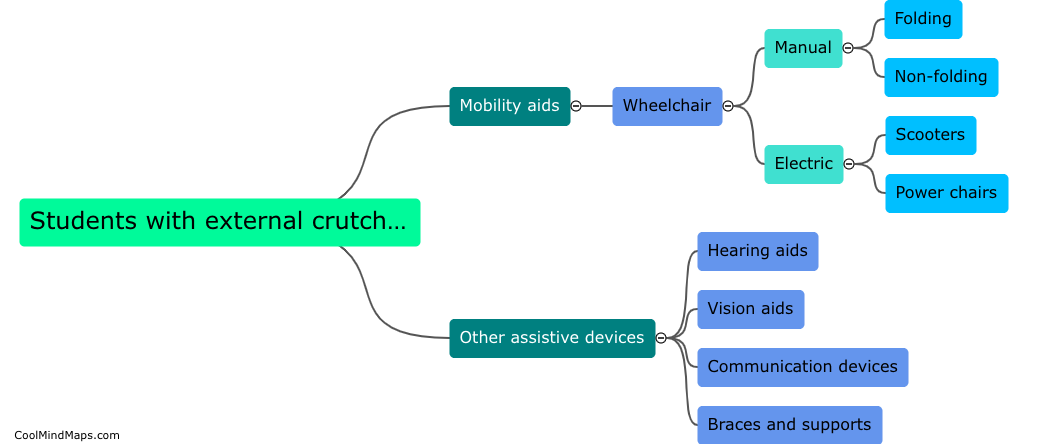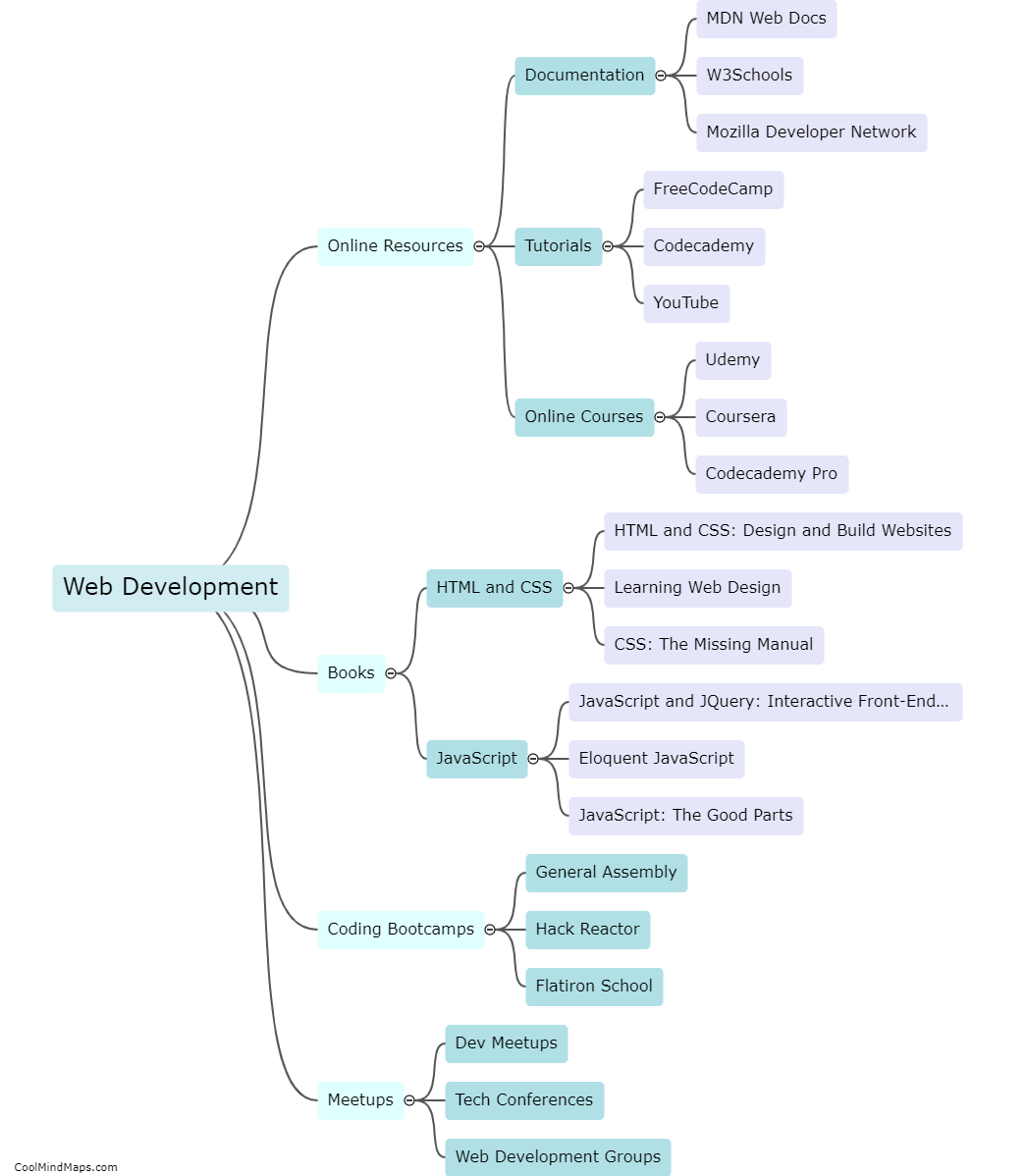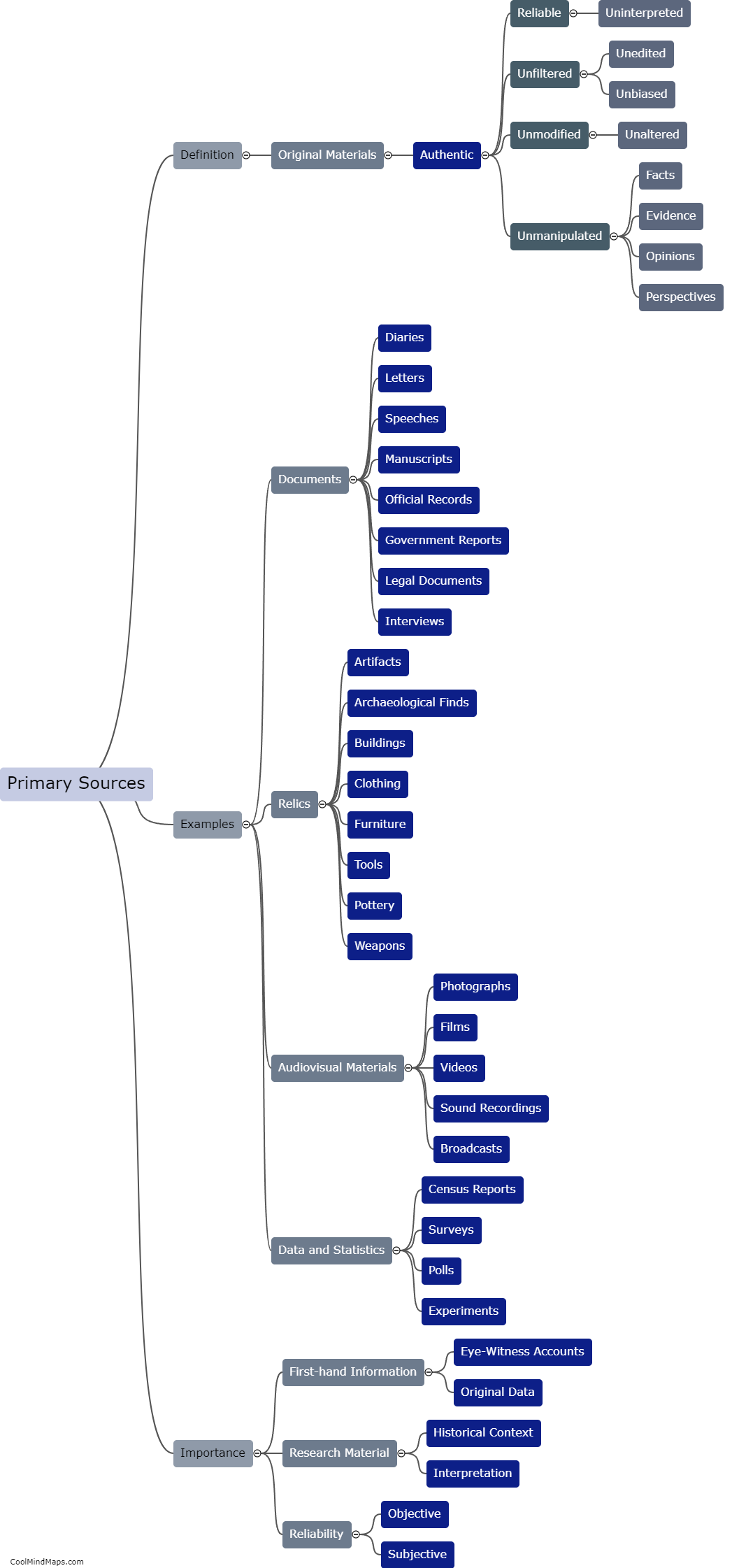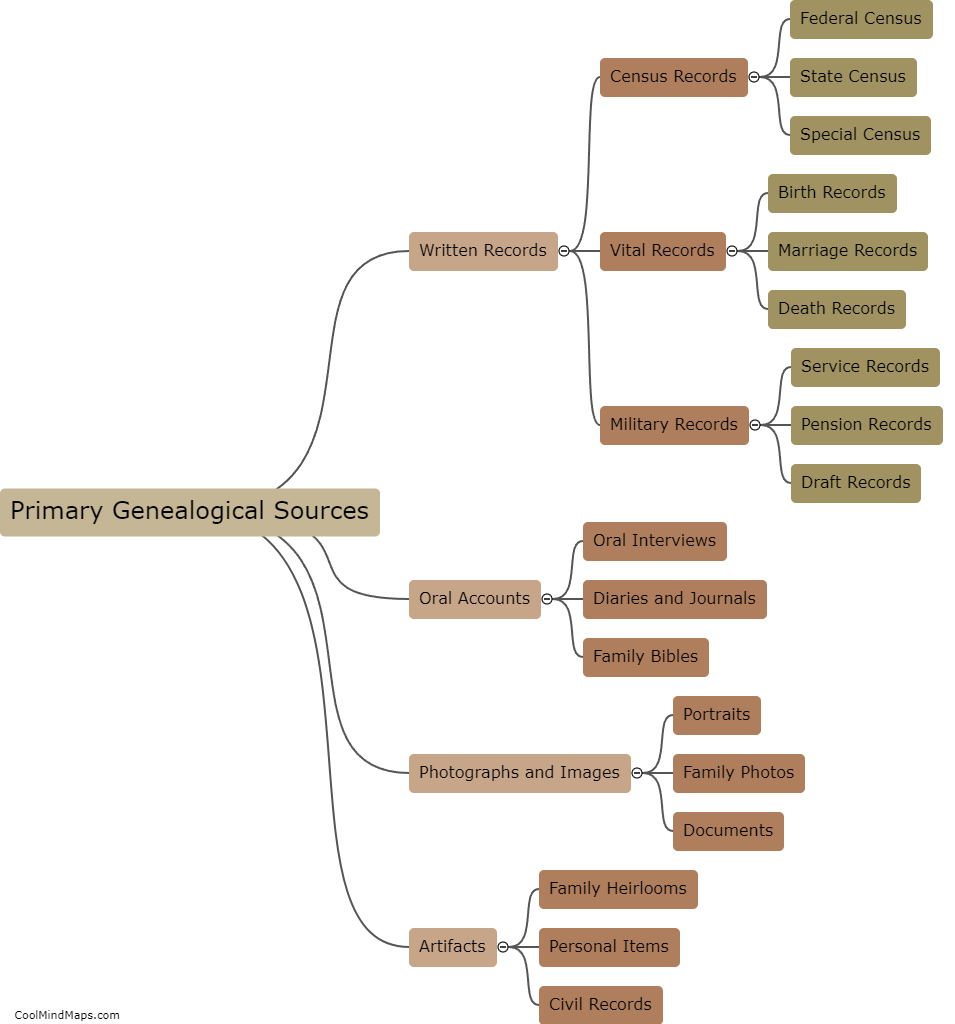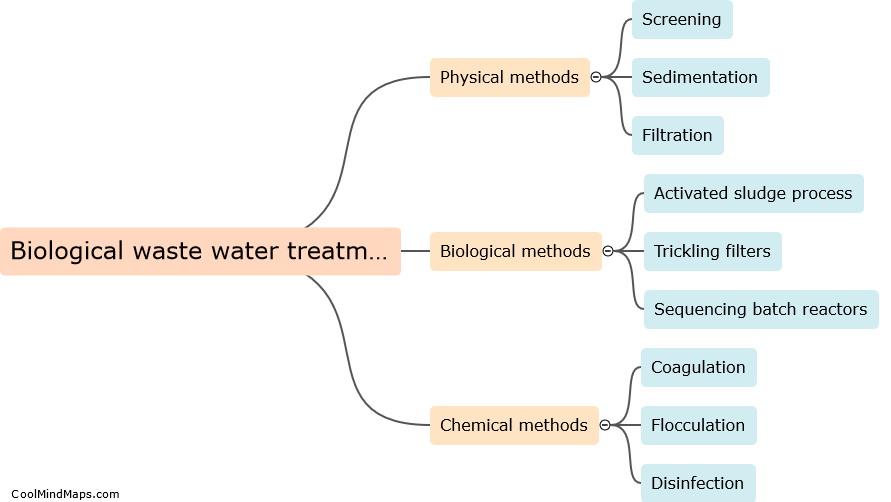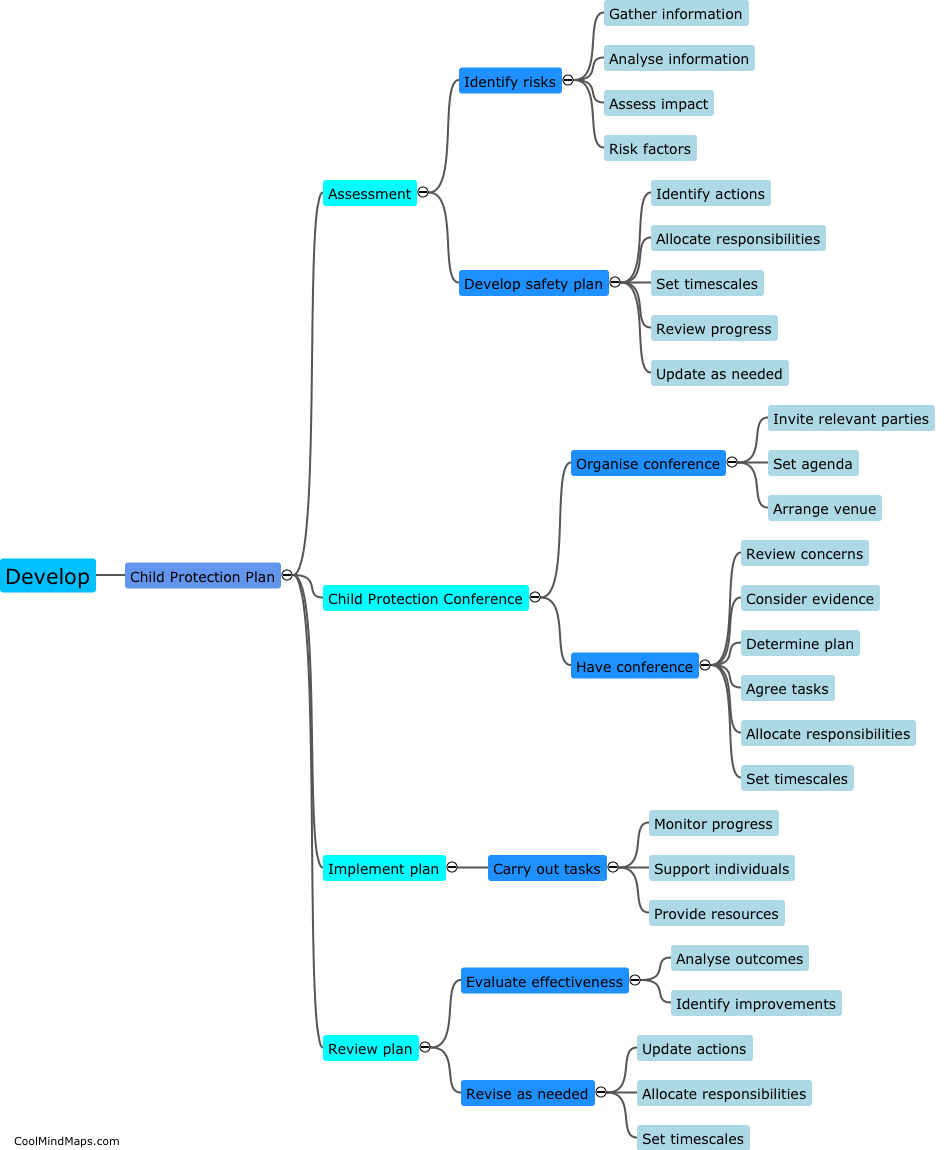How does biological waste water treatment work?
Biological wastewater treatment is a process that utilizes microorganisms to break down and remove organic matter, nutrients, and other pollutants from wastewater. This method involves two key stages: aerobic and anaerobic treatment. In the aerobic stage, bacteria feed on the organic compounds in the wastewater and convert them into carbon dioxide, water, and biomass through the process of oxidation. Oxygen is supplied to facilitate the metabolism of these bacteria. The anaerobic stage, on the other hand, involves the use of bacteria that do not require oxygen. These bacteria break down more complex organic compounds, such as sludge and sewage, into simpler substances like methane and carbon dioxide. This process helps to reduce the volume of waste and produce biogas that can be used as an energy source. Both aerobic and anaerobic treatment work together to ensure effective wastewater treatment and the removal of harmful pollutants before the water is discharged back into the environment.

This mind map was published on 19 September 2023 and has been viewed 102 times.
